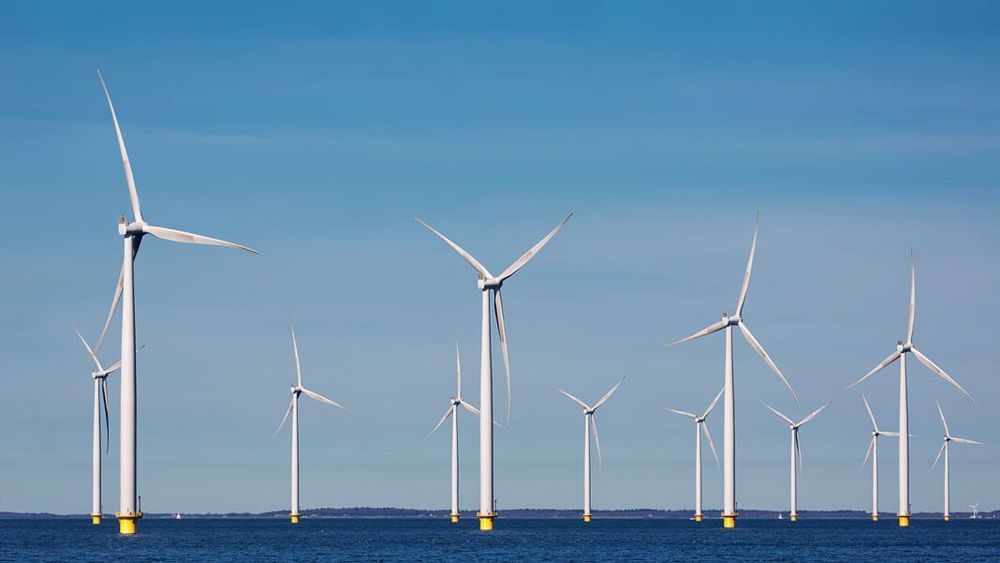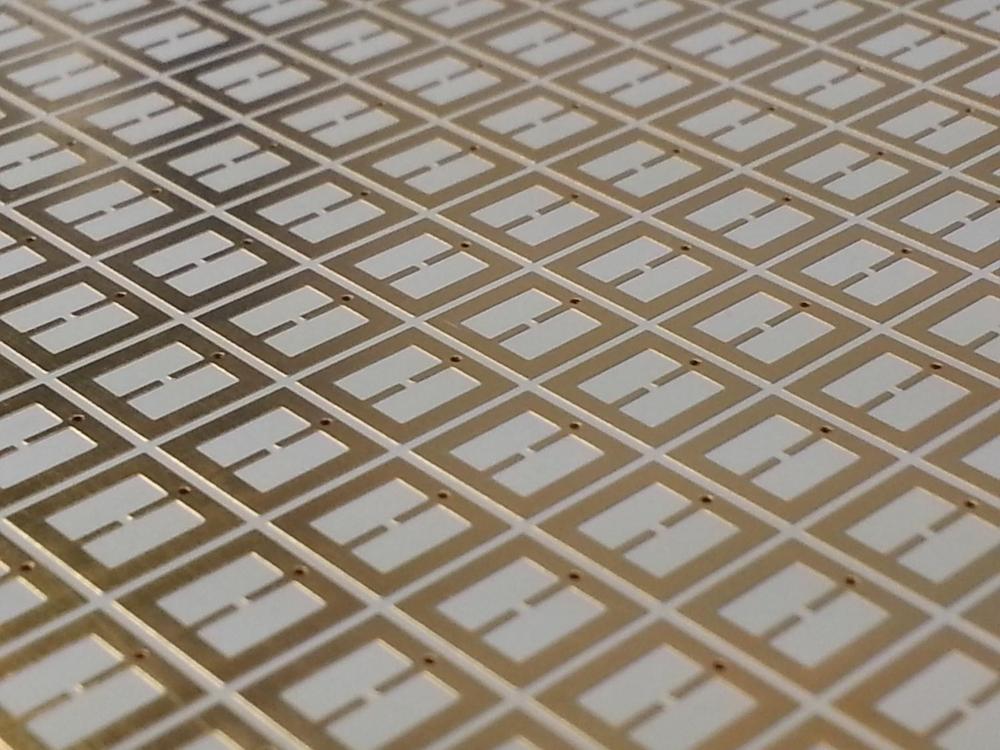Commentary: Private investors are excited about renewable sources like solar and wind, but they need to focus on energy storage going forward.


Eleven million people had renewable energy jobs in 2018, according to the latest analysis from IRENA. New data shows that the diversification of the renewable energy supply chain is changing the sector’s geographic footprint, and more countries are tapping into the socio-economic gains of the energy transition. https://bit.ly/2XFScWF

Researchers at the Paul Scherrer Institute PSI have used the Swiss Light Source SLS to record a molecular energy machine in action and thus to reveal how energy production at cell membranes works. For this purpose they developed a new investigative method that could make the analysis of cellular processes significantly more effective than before. They have now published their results in the journal Science.
Reduce, reuse, recycle.
📕

Dr. Dee J. Nelson and his wife Geo, produced a Kirlian photograph of Pyramid energy using a Tesla Coil in 1979.
We have confirmed that the Great Pyramid encodes over 80 Mathematical and Physical constants (including but not limited to Pi, E, a, Phi, Y, Planck Length, Planck Time, and even math constants only discovered in the last century like Brun’s Constant and Tribonacci), our metric and imperial measurement systems (including Meter, Foot, Mile, Nautical Mile, and the ancient Sacred Egyptian Cubit), and even the Speed of Light in BOTH its Longitude and Latitude positions…and all with astounding accuracy.
Image and content from “The Etymology of Number” Course in Resonance Academy http://bit.ly/Resonance-Academy
Hitting a green energy milestone.


A new project announced last week will start helping close the gap, though. The New Jersey Board of Public Utilities (NJBPU) chose Ørsted of Denmark to build a 1.1 gigawatt wind farm off the coast of Atlantic City. Dubbed (somewhat un-originally) Ocean Wind, the farm will be the biggest of its kind in the US and is estimated to be done by 2024. For comparison, the only wind farm currently operating in the US, off the coast of Rhode Island, has a paltry 30-megawatt production capacity.
Ocean Wind’s 1.1 gigawatts of energy will be enough to power about 500,000 homes. The project is slated to create 15,000 new jobs and generate up to $1.2 billion in additional economic benefits.
As of May of this year, there were 15 proposals in the works for new offshore wind farms along the US east coast (and that doesn’t include projects in California, Hawaii, South Carolina, and New York).

Researchers have come up with a way we could harvest energy from Earth by turning excess infrared radiation and waste heat into electricity we can use.
The concept involves the strange physics of quantum tunnelling, and key to the idea is a specially designed antenna that can detect waste or infrared heat as high-frequency electromagnetic waves, transforming these quadrillionth-of-a-second wave signals into a direct charge.
There’s actually a lot of energy going to waste here on Earth – most sunlight that hits the planet gets sucked up by surfaces, the oceans, and our atmosphere.

Circa 2015
For our modern, technologically-advanced society, in which technology has become the solution to a myriad of challenges, energy is critical not only for growth but also, more importantly, survival. The sun is an abundant and practically infinite source of energy, so researchers around the world are racing to create novel approaches to “harvest” clean energy from the sun or transfer that energy to other sources.
This week in the journal Applied Physics Letters, from AIP Publishing, researchers from the University of Waterloo in Canada report a novel design for electromagnetic energy harvesting based on the “full absorption concept.” This involves the use of metamaterials that can be tailored to produce media that neither reflects nor transmits any power—enabling full absorption of incident waves at a specific range of frequencies and polarizations.
“The growing demand for electrical energy around the globe is the main factor driving our research,” said Thamer Almoneef, a Ph.D. student. “More than 80 percent of our energy today comes from burning fossil fuels, which is both harmful to our environment and unsustainable as well. In our group, we’re trying to help solve the energy crisis by improving the efficiency of electromagnetic energy-harvesting systems.”